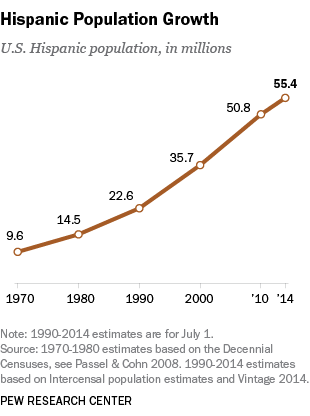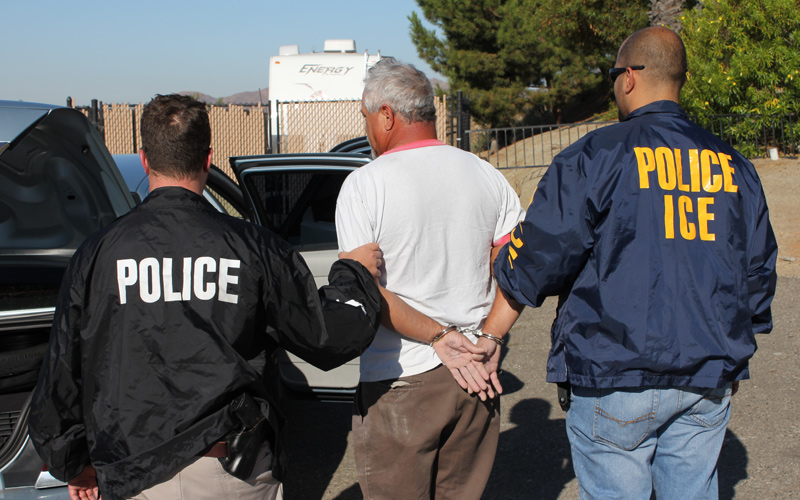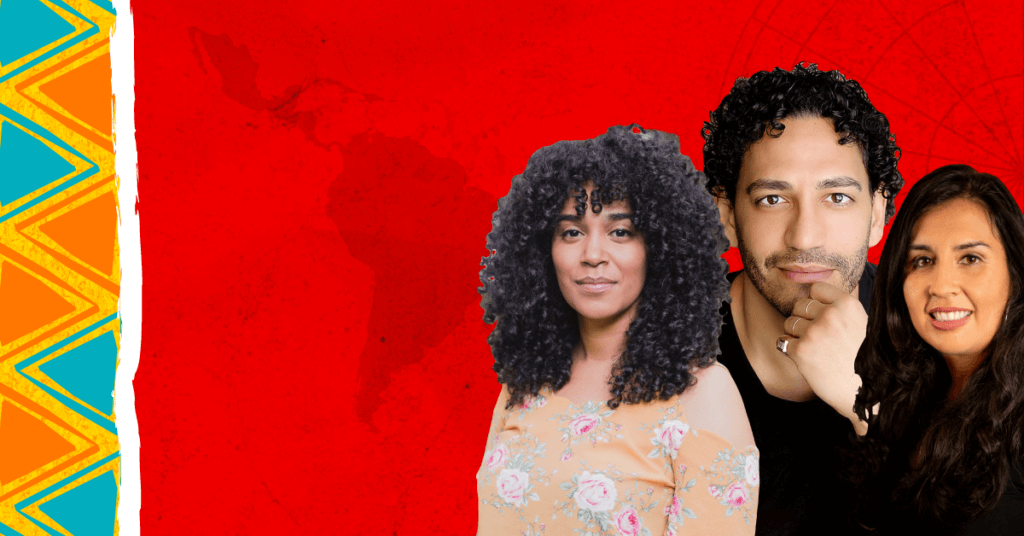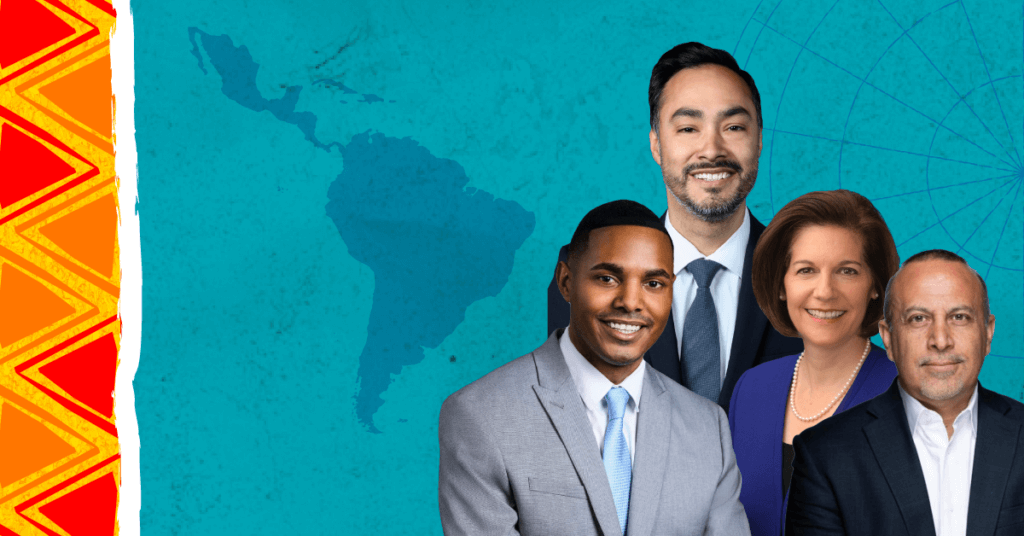Hispanic Heritage Month: A Look at Demographics
by Danny Turkel, Digital Coordinator, National Council of La Raza
 Latinos are the fastest-growing minority in the United States. According to a recent Census Bureau study, 55.4 million people—or 17.4% of U.S. residents—are Latino. By 2060, Latinos are expected to account for 31% of the population, an estimated 129 million people. While some may attempt to attribute this growth to immigration from Central and South America, rates of immigration from Latin America are actually dropping. In 2007, foreign-born Latinos accounted for 40% of the Latino population in the United States. That number dropped to 36% in 2012. The Hispanic American community is growing within the United States and stands poised to become a major player in American culture, politics, and economics.
Latinos are the fastest-growing minority in the United States. According to a recent Census Bureau study, 55.4 million people—or 17.4% of U.S. residents—are Latino. By 2060, Latinos are expected to account for 31% of the population, an estimated 129 million people. While some may attempt to attribute this growth to immigration from Central and South America, rates of immigration from Latin America are actually dropping. In 2007, foreign-born Latinos accounted for 40% of the Latino population in the United States. That number dropped to 36% in 2012. The Hispanic American community is growing within the United States and stands poised to become a major player in American culture, politics, and economics.
In addition to the population figures, the average age of Hispanics in the United States is 29 years old, and while it has risen from an average of 26 in 2000, the average Hispanic American is still younger than the average for African-Americans at 34, the average Asian at 36, and the average for Whites at 43. While the Hispanic population is maturing, Latinos will have a greater share of influence as other groups age.
Keep up with the latest from UnidosUS
Sign up for the weekly UnidosUS Action Network newsletter delivered every Thursday.
Although the recent presidential primaries have presented a considerable amount of toxic rhetoric directed at Latinos, we will soon begin seeing Latinos courted on both sides of the aisle as they become an ever more important voting bloc. Almost one million Latinos reach voting age every year. In 2014, 25 million Latinos were eligible to vote. Although the voter turnout rate in 2012 among Latinos stood at 31%, this stems more from a lack of registration than a failure to vote. As more Latinos register to vote, the voting power of Latinos will become too powerful for politicians to ignore. Heavy political outreach to Hispanic communities will soon become a priority for both parties. As more Latinos become involved in the political process, the United States will become stronger as a whole.
Latinos are less represented in film today than in the 1950s, which is discouraging, but there is reason to hope Latino representation in popular culture will improve. Hispanic women are more likely to be featured in popular movies than both White and Asian women. Latinos also account for one-quarter of all movie ticket sales and control approximately one trillion dollars in spending power. As cultural influencers recognize the untapped potential of Latino audiences, it is reasonable to suspect they will target more entertainment toward Latinos.
Hispanics have made great strides asserting themselves in the United States. While there is still much progress to be made, it is safe to assume the Latino community will see greater representation in all facets of society and wield powerful influence as well. It’s exciting to see that progress build every day and NCLR is dedicated to helping guide that progress in order to improve the lives of all Latinos.


